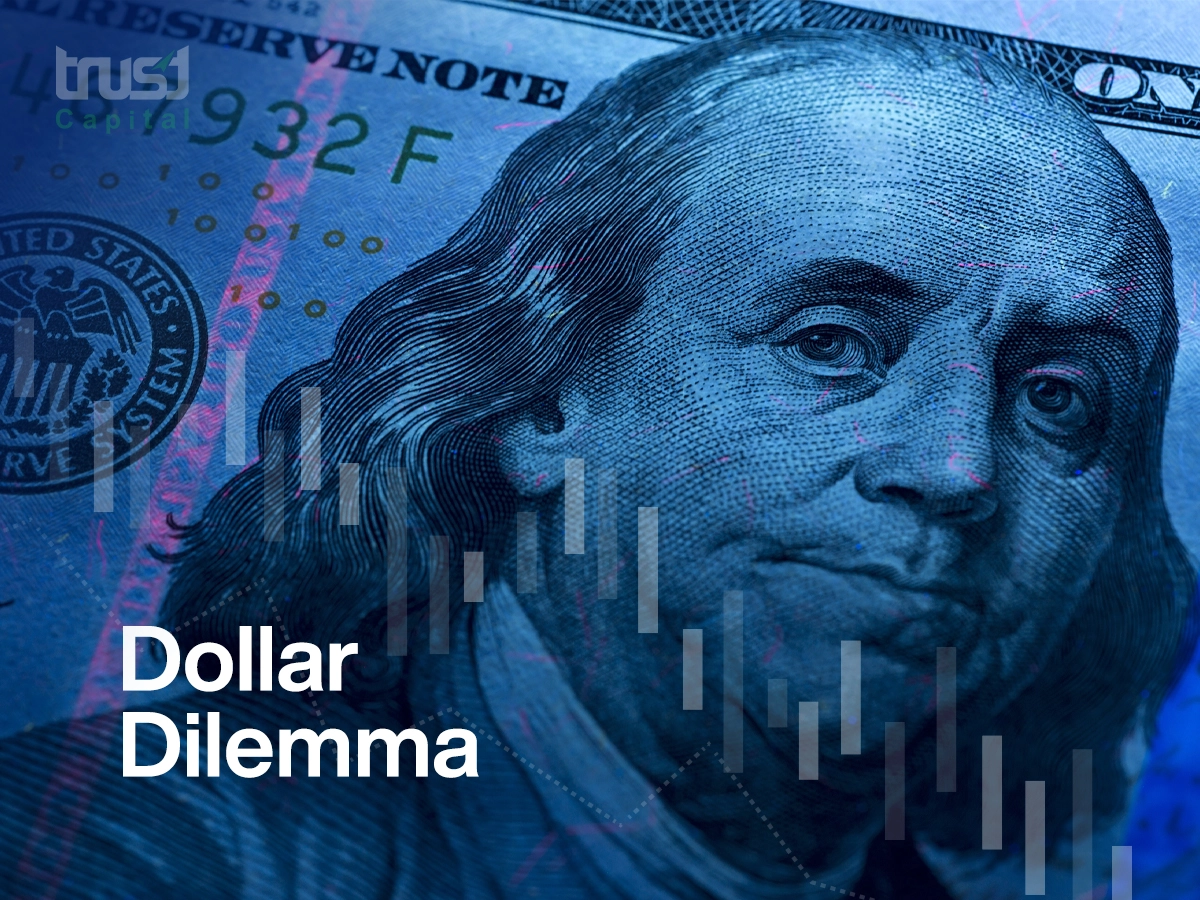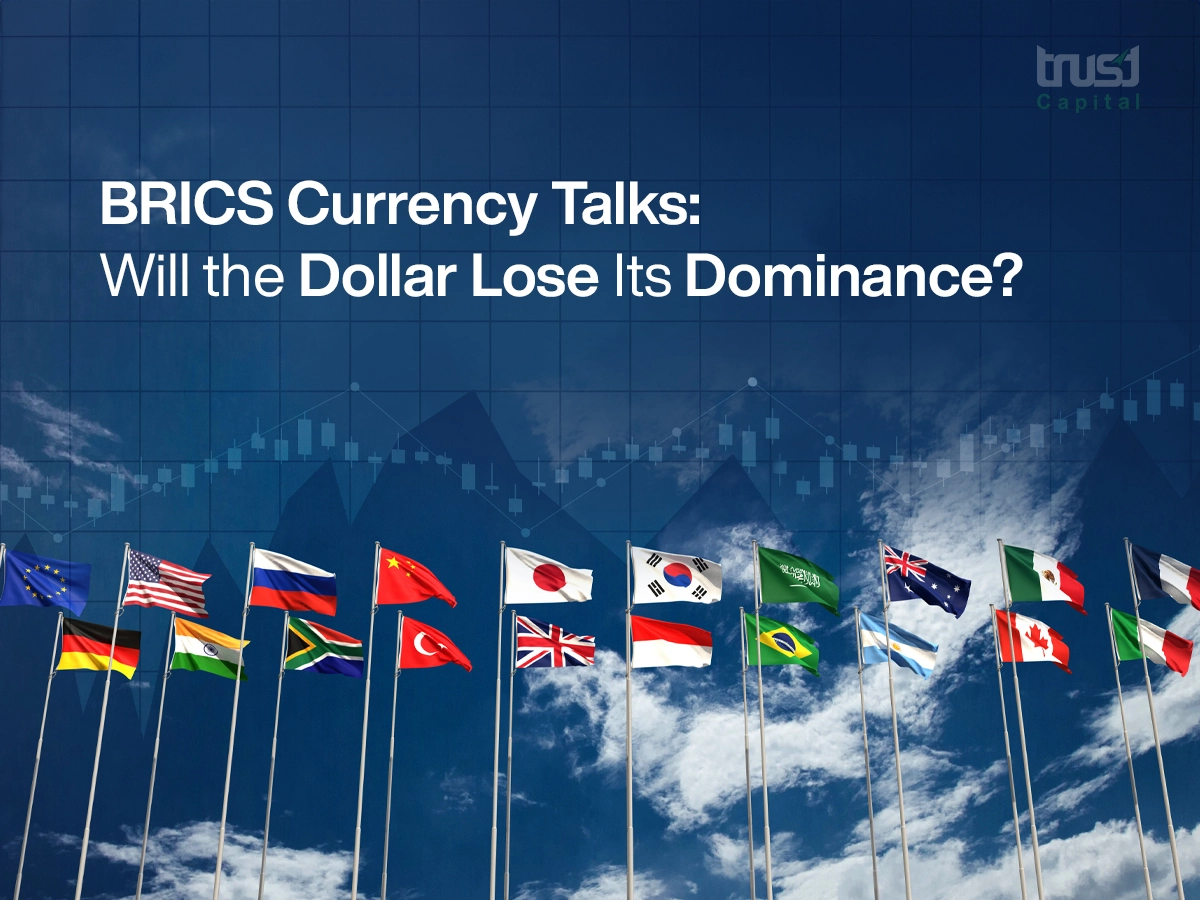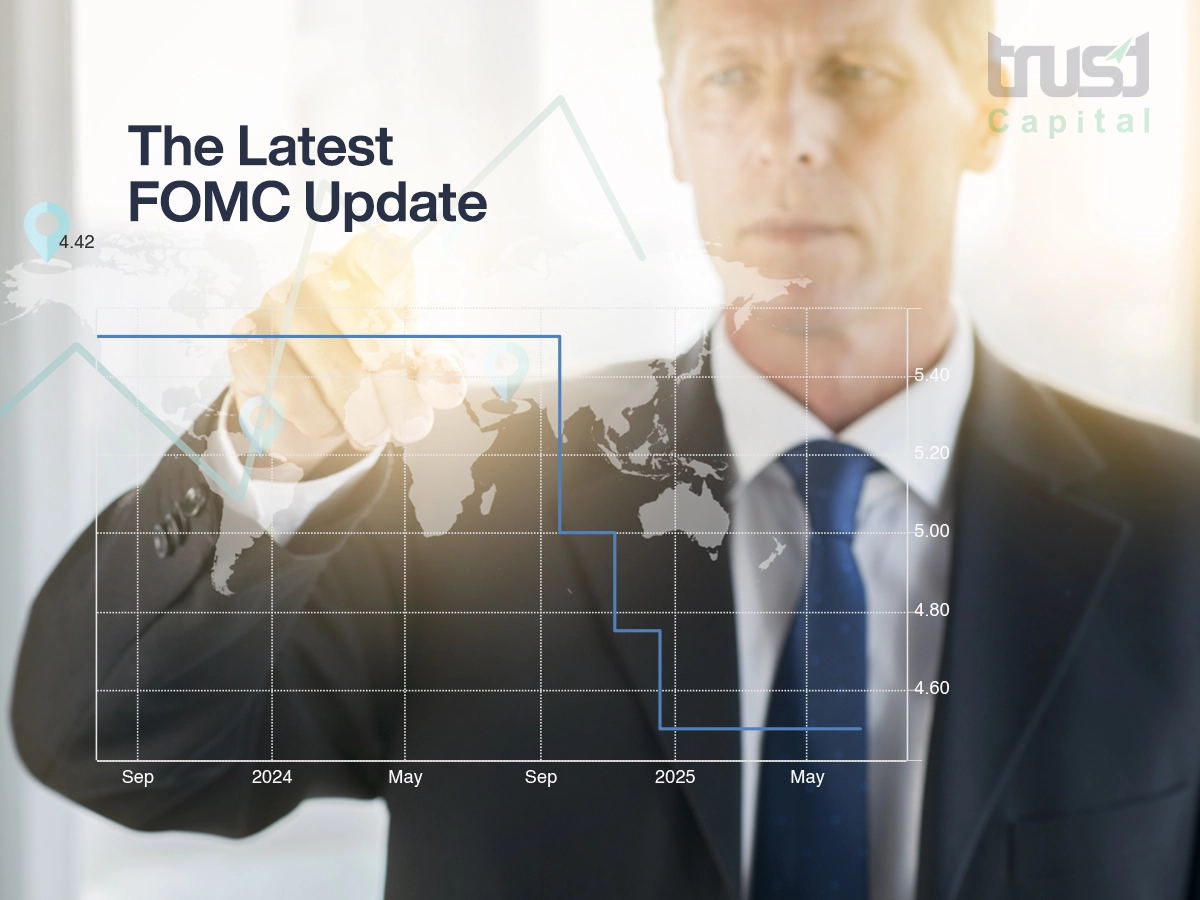Emerging Market Risks: How a Strong U.S. Dollar Triggers Global Contagion

Global economy is a complex web of tangled threads with knots tied to a multitude of factors. The debt piling up in many emerging markets around the world represents an altogether different crisis. Countries such as Brazil, Turkey, India and South Africa are now standing on the huge pile of debts as these countries have been borrowing from developed countries or global agencies for years, Thanks to this a storm is slowly brewing as U.S. dollar by flexing its muscles can send shockwaves to this debt-ridden economies. Lety explore what's going on here.
Debt Pile-Up: A Shaky Foundation
Emerging markets,those scrappy, fast-growing economies, have a knack for ambition. Over the last decade, they’ve borrowed like there’s no tomorrow, snapping up loans in dollars to build roads, power plants, and shiny new cities. It made sense at the time: interest rates were low, investors were hungry for yield, and the dollar was tame. By 2025, their external debt ballooned past $10 trillion, a chunk of it owed in greenbacks. For a country like Argentina, where exports lean on soybeans and beef, or Nigeria, banking on oil, that’s a lifeline, until it’s a noose.
Most of these nations earn in their own currencies, pesos, lira, rand, not dollars. When it’s time to pay back those loans, they’ve got to scrape together U.S. bucks. If their currency’s strong, no sweat. But if it tanks? That’s when the math gets ugly. Picture a small business owner, Maria, in São Paulo. She borrows $10,000 when the Brazilian real is riding high. A year later, the real’s down 20%, and suddenly that $10,000 feels like $12,000 in her pocket. Multiply that by billions, and you’ve got a national headache.
Enter the Strong Dollar
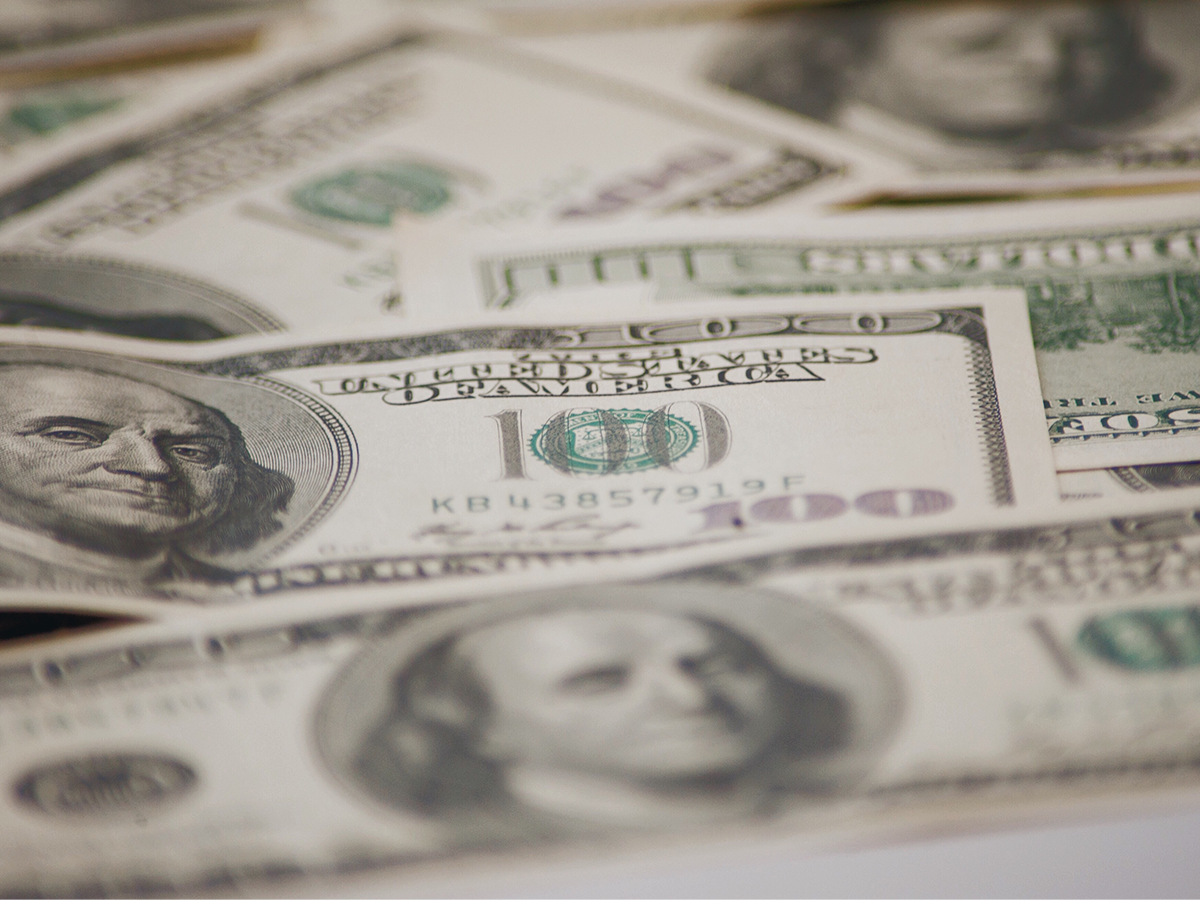
So, why’s the dollar such a bully? It’s the world’s reserve currency, the big kid on the block everyone wants to trade with. When the U.S. economy hums, think tight jobs, rising rates, or safe-haven panic, the dollar climbs. In 2025, with the Federal Reserve hiking rates to cool inflation and global uncertainty spiking, the dollar’s on a tear. For Americans, that’s bragging rights. For emerging markets, it’s a gut punch.
A strong dollar makes those debts pricier overnight. Say Turkey owes $100 billion, payable in dollars. If the lira drops 30% against a surging dollar, that debt’s effectively $130 billion in local terms. Exports don’t magically jump to cover it, tourists don’t flood Istanbul fast enough. Central banks burn through reserves, hiking rates to prop up their currency, but that chokes local growth. It’s a vicious loop. Just ask Cem, a factory owner in Ankara. His loan payments spiked last year, and now he’s laying off workers to stay afloat. Multiply that pain across a country, and the cracks start showing.
Contagion Risk: When One Falls, Others Stumble
Debt troubles don’t stay neatly boxed in one nation, they spill over. Back in 1997, Thailand’s baht collapsed, and suddenly Asia was in a domino line of crises. Could 2025 be a rerun? A strong dollar doesn’t just squeeze one country; it tests them all. If Mexico defaults, investors might panic, yanking cash from Colombia or Indonesia, even if those places were holding steady. It’s not always rational, it’s fear-driven, herd behavior.
Take South Africa. Its rand’s wobbly, debt’s at 70% of GDP, and a chunk’s in dollars. If the dollar keeps climbing, repayment gets brutal. Foreign investors, spooked by headlines, pull out, the rand slides more, and presto, crisis mode. Nearby Kenya, tied through trade and sentiment, feels the heat too. Banks in London or New York, holding emerging market bonds, start sweating. That’s contagion: one spark, a dozen fires.
Why It’s Worse This Time

This isn’t the first rodeo for emerging markets, but the stakes feel higher now. For one, debt levels are fatter than in past crises, think 1990s Asia or 1980s Latin America. Back then, governments owed mostly to banks or the IMF. Today, it’s a wild mix: private firms, sovereign bonds, shadowy creditors like China. That makes workouts messy. If a country like Zambia defaults, who’s at the table? Beijing? Wall Street? Good luck sorting it out.
Then there’s the post-COVID hangover. Emerging markets borrowed big to survive lockdowns, hospitals, food aid, you name it. Reserves are thin, and growth’s sluggish. Add a strong dollar, and it’s like kicking someone when they’re down. Oil exporters like Angola might catch a break if prices hold, but commodity-lite nations like Egypt? They’re scrambling.
Some Recent Case Studies
Look at Sri Lanka in 2022, defaulted, riots in the streets, all while the dollar climbed. Its debt was a dollar-heavy mess, and tea exports couldn’t keep up. Turkey is also on the edge again. The lira’s taken a beating, inflation’s through the roof, and dollar debts loom.
Brazil’s another watchpoint. It’s got a beefy economy, but political chaos and a strong dollar could tip its $300 billion external debt into trouble.
Role of Policy: Fighting Back or Fanning Flames?
Governments aren’t helpless, but their hands are tied. Raising interest rates can prop up a currency, India’s done it, hiking rates to shield the rupee. But that slows growth, pissing off voters and businesses. Selling dollar reserves works too, like Mexico’s playbook, but those piggy banks run dry fast. Currency swaps, borrowing dollars from richer pals, help, though not every country’s got a buddy like the U.S. or China willing to toss a lifeline.
The IMF’s the old standby, bailing out strugglers since forever. But loans come with strings, cut spending, raise taxes, tighten belts. In places like Pakistan, that’s sparked protests. And with a strong dollar jacking up repayment costs, IMF cash might just plug holes, not fix them. It’s a Band-Aid on a broken leg.
Global Ripple Effects: Why It’s Everyone’s Problem
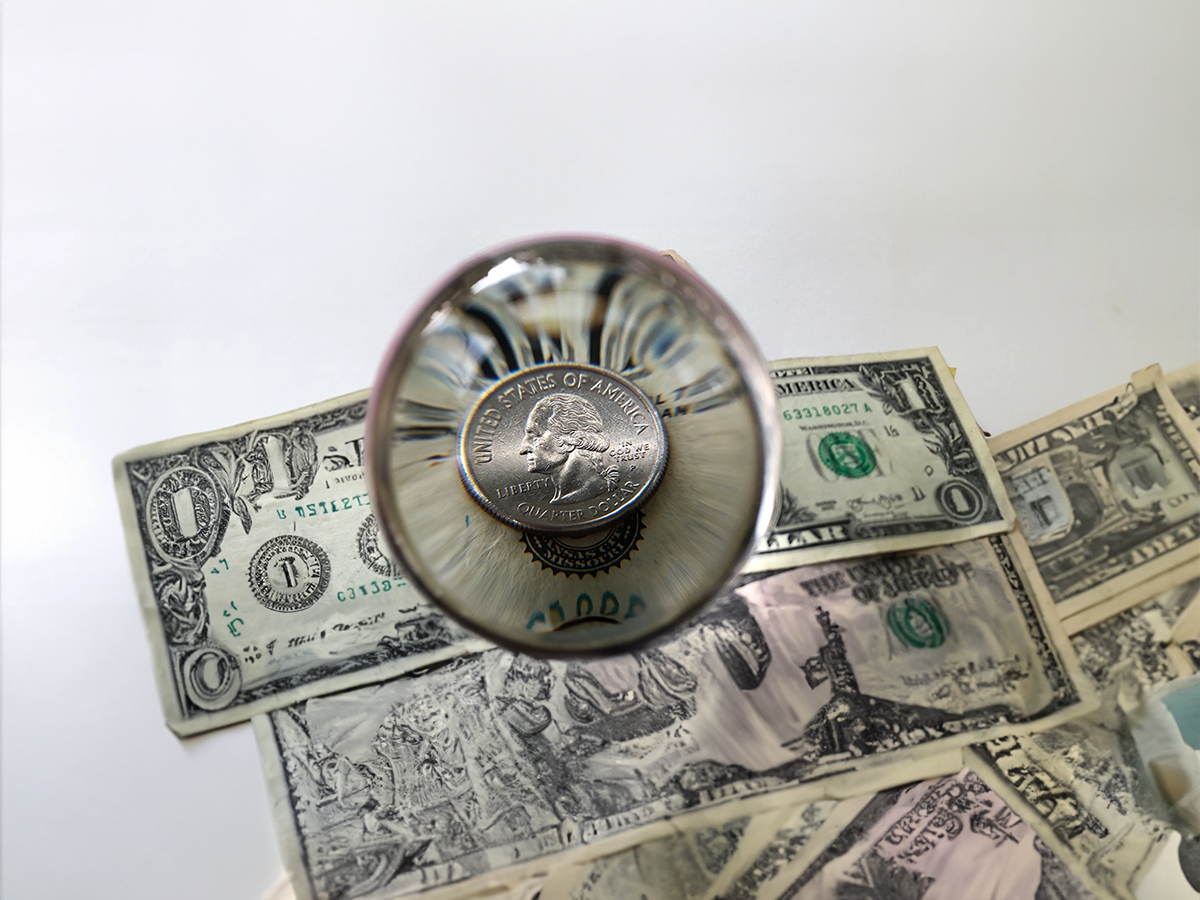
Think this is just an emerging market sob story? Think again. If Turkey or Brazil tanks, U.S. banks holding their bonds take a hit. European exporters lose customers. China’s Belt and Road projects, big loans to places like Sri Lanka, falter, denting Beijing’s clout. A full-blown contagion could stall global trade, spike inflation, or worse. Back in 2008, a U.S. housing bust shook the world. In 2025, an emerging market debt crisis could do the same, with the dollar as the match.
Investors feel it too. That pension fund betting on frontier bonds? Wiped out. The hedge fund shorting the rand? Laughing to the bank. For regular folks, it’s pricier imports, coffee from Colombia, phones from Vietnam. A strong dollar isn't just a headline; it’s a wallet squeeze.
What’s Next: Bracing for Impact
If the dollar keeps climbing, say, the Fed hikes rates again, emerging markets face a reckoning. Some’ll muddle through; others might crack. The IMF’s got $1 trillion to lend, but that’s a drop in the bucket if contagion hits. Debt restructuring on the table, stretching payments, cutting rates, but creditors hate haircuts, and talks drag.
For these countries, diversification’s the long game. Less dollar debt, more local borrowing, stronger exports. Easier said than done when the world runs on greenbacks. In the short term, they’re praying for a dollar dip or a commodity boom. Fat chance with geopolitics simmering and U.S. rates stubborn.
Wrapping up
So, it is time to admit that debt is a gamble, and a strong dollar’s the house edge. Emerging markets aren’t doomed, they’ve got grit, talent, potential, but they’re vulnerable. For anyone watching, it’s a reminder of how connected the world is. A trader in New York, a farmer in Kenya, a retiree in Berlin, they’re all in this soup. The dollar’s strength isn’t just power; it’s pressure, and when it presses too hard, something’s got to give.

